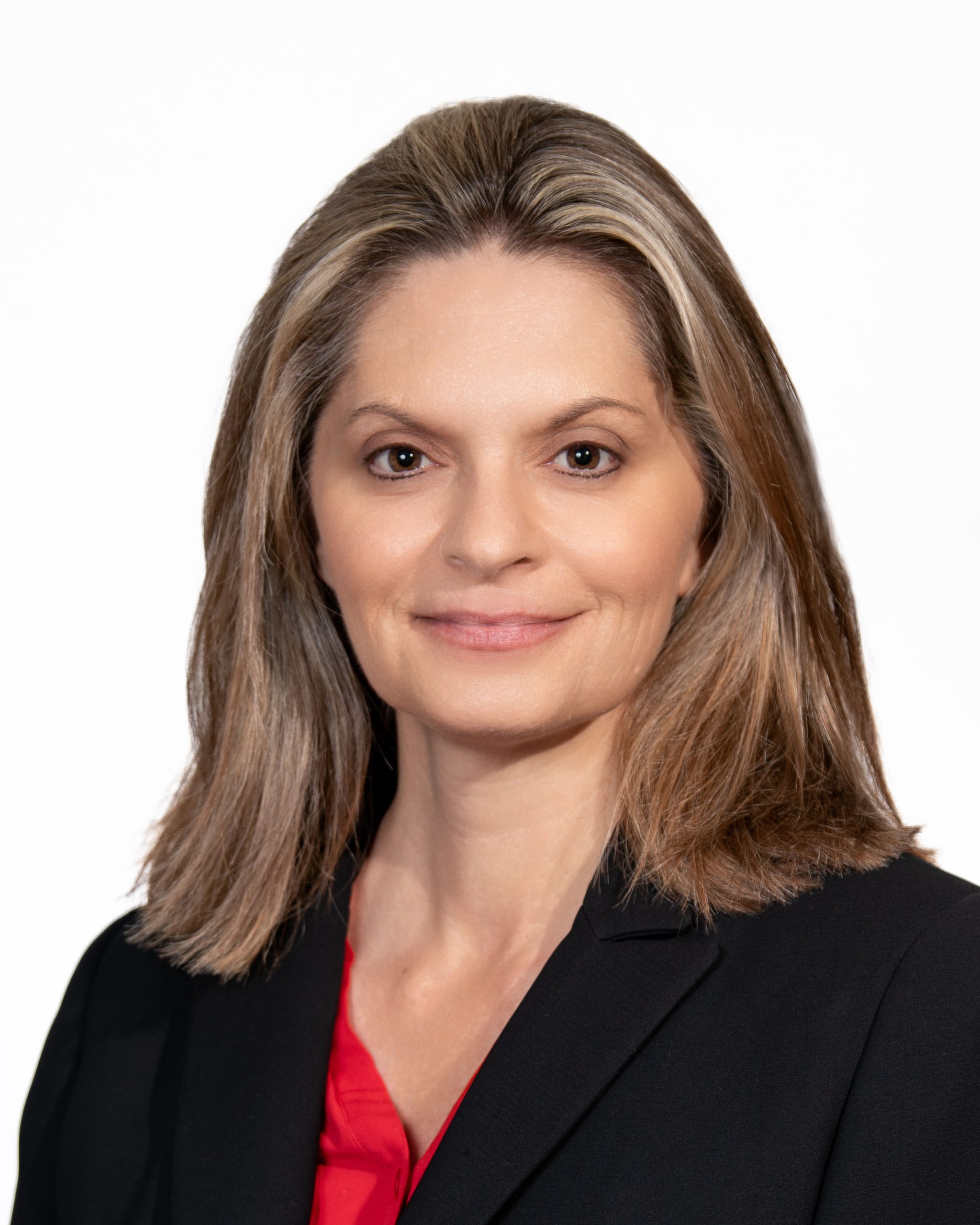How To Launch Your Alternative Trading System (ATS)
Insights and challenges when launching an ATS
By Jeff Gearhart and Lisa Robinson
Subscribe to our original industry insights
What is an Alternative Trading System Platform?
An alternative trading system (ATS) is an U.S. Securities and Exchange Commission (SEC) regulated trading venue in which a computerized system, such as an electronic communication network (ECN), is used to match buy and sell orders of securities. An ATS is an alternative to traditional exchanges, generally not a national securities exchange, although an ATS may apply to the SEC to become a national securities exchange. Also, an ATS that registers as a broker dealer must then comply with the requirements of being a registered broker-dealer, including FINRA membership and compliance with FINRA rules. An ATS may be referred to as a dark pool, as an alternative trading system can allow proprietary trading.
There are many types of Alternative Trading Systems. Some are designed to improve speed to the market speed, find additional sources of liquidity, or perhaps offer a unique trading strategy. Other ATSs aim to securitize cash flows from different sources. Many of these ideas start with an innovative technology solution; however, technology is just one component of launching an ATS. An ATS must operate out of a broker-dealer. Whether you are an existing broker-dealer and want to add an ATS, or your ATS needs to be registered as a broker-dealer, there are things you need to consider.
Know Before You Go – Starting an Alternative Trading System
In this Oyster Stew podcast, our experts dive into the essentials you need to know before you establish an Alternative Trading System (ATS):
- Understanding the Types of Alternative Trading Systems
- Revenue Planning
- The FINRA Application Process
- Sales, Marketing and Onboarding
- Fair Access
Navigating the FINRA application process for an ATS involves thorough preparation, understanding of regulatory requirements, and patience. Firms also need to be prepared to maintain efficient operations, generate revenue, ensure fair access and comply with regulatory requirements, including Reg ATS, Reg NMS, Reg SHO, and Market Access. With the right planning, insights and support your firm can successfully launch and operate an ATS.
Additional Resources:
SEC Rule 15b9-1 Expands FINRA Oversight
Registering a Broker-Dealer: The NMA and CMA Process
FINRA Registration Update: Rule 15b9-1 Short-Form Membership Application
Your Partner for Launching an ATS
Launching an ATS goes beyond generating revenue and the FINRA registration process. Our experts are industry leaders and former regulators that have experience navigating the complexities of starting and running an ATS. Oyster Consulting has experienced industry practitioners in broker-dealer trading and compliance that understand this unique business and its associated regulatory requirements. Get the insights and support you need for success.
Transcript
Transcript provided by TEMI
Bob Mooney: Welcome to the Oyster Stew podcast. I’m Bob Mooney, General Counsel for Oyster Consulting. In today’s podcast, Oyster experts share their insights into what to think about as you prepare to register an alternative trading system, or ATS. With me today are Lisa Robinson and Jeff Gearhart. Lisa is the former senior director of the FINRA membership Application Program. Jeff has over 30 years of industry experience, including senior leadership roles with the Bank of New York Mellon, including business line COO, CFO, business development and relationship management. Jeff and Lisa will discuss challenges and common misconceptions, and Lisa will take us through some highlights of the FINRA application process. We’ll finish up with additional considerations once your ATS is up and running. Let’s get started.
Jeff Gearhart: Thanks, Bob. So, we’re here today to talk about Reg ATS – more importantly, setting up an ATS and what you have to do to keep it running. We’ve helped a lot of people through this process, setting up the ATS, setting up the broker dealer. Lisa Robinson, who’s joining me today, used to run the membership application process at FINRA, and Oyster has practitioners like me that know how to operate an ATS, and have worked in running a broker dealer, running the ATS, setting up the broker dealer, and essentially keeping them out of trouble.
We thought we would get together to talk a little bit about some of the challenges. What are the difficulties, what are the misconceptions that could be with both the FINRA application process and running an ATS? So, we have helped some firms with interesting ideas for alternative trading systems, and they focus on everything from improving speed to the market or how quick you can get your execution, to finding additional sources of liquidity or perhaps offering a trading strategy that you might think is unique or gives you some advantage or higher rates of return. Everybody’s always in search of alpha, things of that nature.
We have also worked with firms that have ideas to securitize cash flows from different sources. You know, it could be royalty flows, it could be to create a new market. There’s a lot of inquiries in digital securities and assets, so we’re finding a lot of really interesting, bright people have some great ideas to use technology to create new ways for people to trade, access new markets or just securitize new products. But sometimes the technology could be the easy part of that. First, an ATS has to operate out of a broker dealer. So, it really depends on whether you’re an existing broker dealer and you want to add an ATS to your operations, or you’re a new broker dealer or you need to be a new broker dealer. Both present challenges. I’ll let Lisa talk a little bit about what it takes from a FINRA perspective to change that, and then we can talk a little bit more about an ATS, how they operate and what you need to be concerned about.
Lisa Robinson: Yeah. Great. Thanks so much, Jeff. It’s a great overview and you’re right. Whether you’re starting a new broker dealer or adding an ATS to your existing broker dealer business model for the first time, you will need to file an application that is handled through FINRA’s Membership Application Program group, and you need to be granted approval prior to engaging in the business. So, as with all applicants, the firm must demonstrate that it meets FINRA’s standards of admission. And for purposes of this discussion, I’m really just going to focus on the specific items needed to provide FINRA in your application to add an ATS as a firm’s business model. So, whether you’re starting a broker dealer for the first time, and you want to operate an ATS and you are a broker dealer and you’re looking to operate one, importantly, the firm must provide FINRA with a written narrative that describes the scope of activities that are going to be conducted on the ATS.
So, some of the things you would want to include in that narrative are what products and services will be offered on the ATS. You should provide a good description of the subscribers and issuers on the ATS types of securities and order types. What disclosures will be provided and what fees will be charged to participants. And you really need to provide FINRA with a detailed description of each step in a typical transaction. So, you walk through in a narrative how orders are received, executed cleared and settled.
You also need to provide FINRA with a copy of Form ATS as part of the FINRA application. So yes, Form ATS, it’s an SEC form, but FINRA also wants to get a copy of it and make sure you give FINRA a copy of all exhibits, schedules, any attachments as part of the form any participant and subscriber agreements should be included as well.
You know, one of the big things as part of the application process for an ATS that firms don’t realize, and then it causes all sorts of problems with the application, is that the ATS needs to be operationally ready when you go ahead and hit that submit button on your application to FINRA. So, there’s still a lot of confusion as to what operationally ready means and how you evidence that to FINRA, but FINRA’s really looking for screenshots of the platform as part of the initial filing. So, you want to give FINRA screenshots that show onboarding of subscribers and issuers to the ATS trade reporting functionality, risk management, and screenshots of exception reports. And FINRA’s going to ask you if it’s operationally ready. Typically, within the first month or two of submitting your application, FINRA’s going to want a demonstration of the platform. You need to make sure that you’re ready to provide that even when you go to file the application.
Importantly, the demonstration that you give FINRA shouldn’t be done by a vendor. It should be done by one of the key principals of the firm. That’s another issue we ran into when I was at FINRA, so I make sure I advise my clients how to get through that demonstration without any issues or concerns. Another thing that FINRA’s going to look for is the business continuity plan. How will customers be able to reach the broker dealer in the event something happens with the platform? Is there a phone number they could call? So, make sure you take a look at your BCP with the application, and of course with every application, you need to provide FINRA with written supervisory procedures tailored to the firm’s business for an ATS. Make sure you include in the procedures, data protection and information protection within the ATS. Make sure you have the right supervisory structure. But again, I just want to focus more on the ATS piece of it. FINRA gives really good guidance on FINRA.org with regards to the exact information they’re looking for with an ATS, and I’ve included most of that in this overview here, so I hope you find that helpful. Jeff, I’ll turn it back to you.
Jeff Gearhart: Sure. The narrative that has to be provided, is that what FINRA might consider a business plan or is a business plan in addition to that?
Lisa Robinson: So, I put it all in a business plan. My written narrative will start with an overview of the ATS that talks about all the things I mentioned above, but that all goes right into my business plan.
Jeff Gearhart: Well, we’ve done quite a few of these by now, and I’ve watched you guide people through building these business plans. One of the things I’ve observed though, is a lot of people come with a great idea and they have the technology and they’re focused on the technology, and they can build this market and make it work. But there’s more to it than just that. A lot of times we are just speaking to technology people, and we have to put a little more perspective. If I’m not mistaken if you’re going to set up a brand-new broker dealer, you’re going to need 12 months of expenses in cash or to be able to meet your cash flow, right?
Lisa Robinson: Yeah. FINRA wants to see 12 months fixed expenses, of course, minus reliable revenue, but for the most part, have those fixed expenses ready, <laugh>,
Jeff Gearhart: Right? So that’s not just the technology cost, that’s the light bill. You’re going to need a compliance officer, you’re going to need a FINOP, you’re going to need all those wonderful things that are involved with a broker dealer. So sometimes an existing operation’s a little easier, I think, just because you’re used to that framework.
But one of the biggest things I see people make a mistake on is, they’re building the platform, but this isn’t a field of dreams. You can’t build it and they will come – you need a marketing plan. And we’ve gotten some people really close to being up and ready and they don’t have a marketing plan, or they don’t have a good way to get it adopted, whether that’s an anchor client or some reliable source of business to get it started. So, if I could encourage people to think about it, technology is one thing and it’s definitely important, but the sales and marketing and onboarding and just the building the revenue stream, it’s important to have a plan for that and estimate it correctly.
And then we talked a little bit about Reg ATS. From my perspective, some of the things that I’m familiar with or that I’ve seen questions on is the fair access rules. So, Lisa, I would expect FINRA’s looking to see that everybody, you have a plan for fair access, how are you going to onboard them, the subscription agreement or authorized participant agreement, anything like that. They’re going to dig into those details, right?
Lisa Robinson: Yeah, they’re absolutely going to work closely with the market regulation team at FINRA, and they’re going to go over all of the rules that go along with operating an ATS, they’re going to go through the firm’s procedures to make sure that everything is in there, and it covers all the different rules that go along with the operation of an ATS.
Jeff Gearhart: Okay. I remember when I was running an ATS as part of our broker dealer activities, some of the key questions were on making sure that all the participants or subscribers to the platform had the same access to liquidity and pricing and things of that nature. Some of the other key things that I know they’ll look for at least kind of mentioned this in the business continuity aspect, but it’s really systems compliance and integrity. Really nailing down access making sure you have procedures in place to detect unauthorized access, things of those nature, as well as controls and monitoring of the platform. You can’t just set it up. You actually have to monitor the flow to see that it’s what you expected.
Lisa Robinson: Yeah. Just to dig a little deeper into those procedures, you’re right, Jeff. Definitely going to ensure the procedures cover data integrity, how data will be safeguarded, the controls to be implemented to protect against cybersecurity threats, including how threats can be detected and any vendors that the firm is going to be utilizing for testing. Definitely, as you mentioned, market access and trade reporting for both the ATS and its participants, how risks will be evaluated. They really dig in, like you mentioned. Yeah, they really dig in.
Jeff Gearhart: Both the SEC and FINRA and ATS get a lot of operation because it is essentially a marketplace, so they want to pay a lot of attention to it. So, you need surveillance controls and you mentioned, all the other rules still apply. So best execution, trade reporting. Honestly, I was surprised that some of the trade reporting requirements that FINRA enforced on things that I would’ve not expected to have been subject to something such as CAT. So, you really have to be thorough there. And then, a big other topic I find is, depending on how your ATS operates, you need to be aware of the Market Access rule 15c3-5. It’s really important. It gets a ton of attention and it’s really on avoiding any credit issues that might harm the firm as well as running an organized and efficient marketplace. So, you have to have the relevant controls there. So, there’s a lot to it. It’s a lot more than just Reg ATS. It’s all the other rules, plus reg ATS it’s probably a better way to look at it.
Lisa Robinson: Yeah, that’s right. And we’re not going to go into it on this podcast, maybe on another, but if your ATS is going to be involved at all with digital assets, well then there’s a whole other host of things you need to address. So, there’s a lot that goes into operating an ATS and just even establishing a broker dealer. So, you have to put it all together when you’re going through the FINRA application process. And again, just making sure you stay compliant after you get approval is of course fundamental. So, it’s all good stuff.
Jeff Gearhart: So, we’ve done a lot of these, and personally I find them very interesting. You meet some really creative people with some great ideas that I think are bringing some new services that are needed to the marketplace. But there’s a lot to it as we talked about. And it’s important to be prepared to outline a plan and to really execute the plan. And if you don’t have the expertise or you need guidance, it is important to bring the right people on board at the beginning to try and make this efficient and get it set up correctly. It makes the process much smoother overall.
Lisa Robinson: Yeah, Jeff, I completely agree. Planning and preparation is key to being successful. Oyster has incredible practitioners like yourself that could help firms along with their ATS, and of course, we’re happy to help you through FINRA’s application process as well.
Jeff Gearhart: Well, thanks Lisa, and stay tuned for our next podcast.
Bob Mooney: Thanks everyone for listening. If you’d like to learn more about our experts and how oyster can help your firm, visit our website at oysterllc.com. If you like what you heard today, follow us on whatever platform you listen to and give us a review, reviews, make it easier for people to find us. Have a great day.





